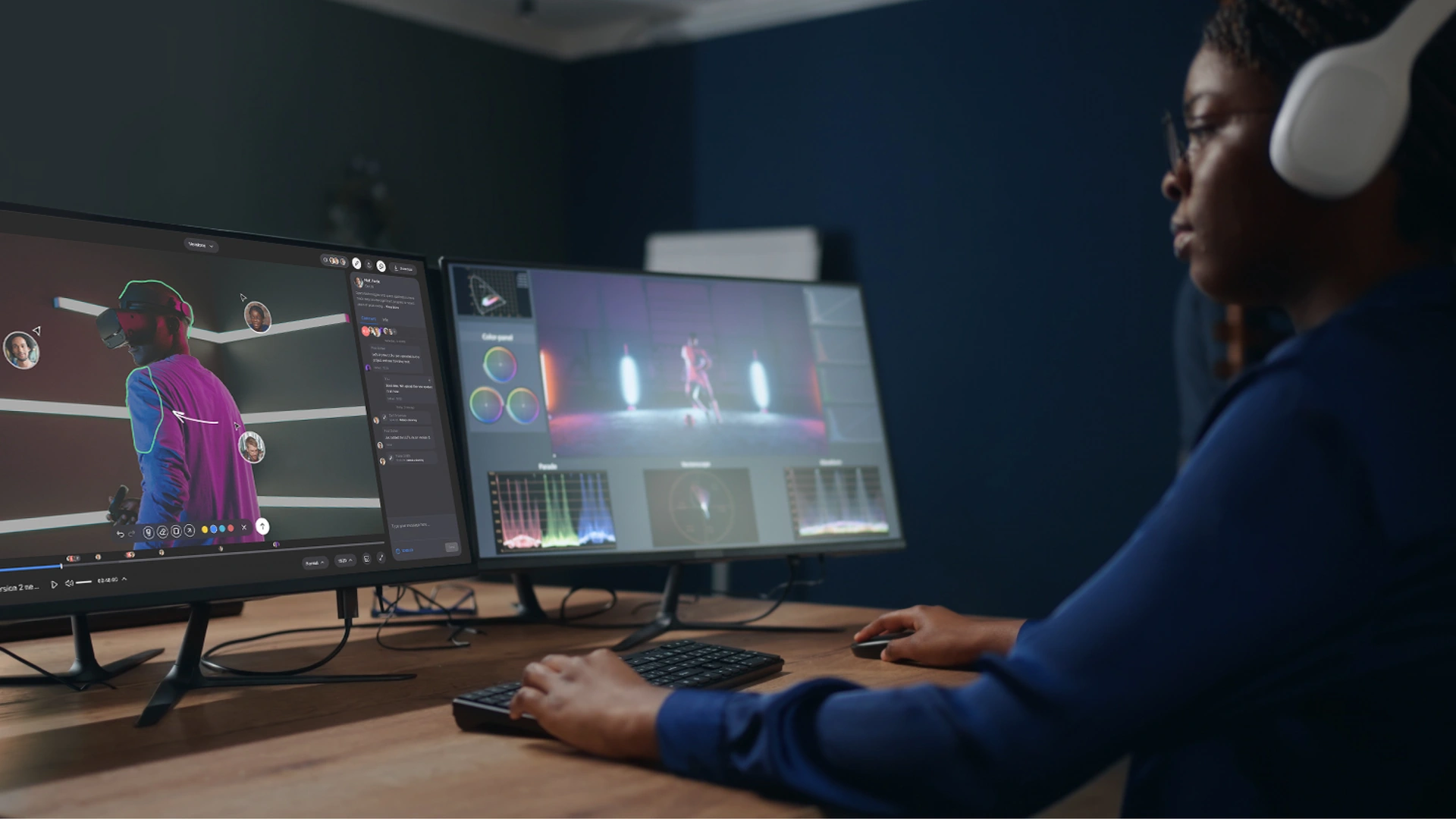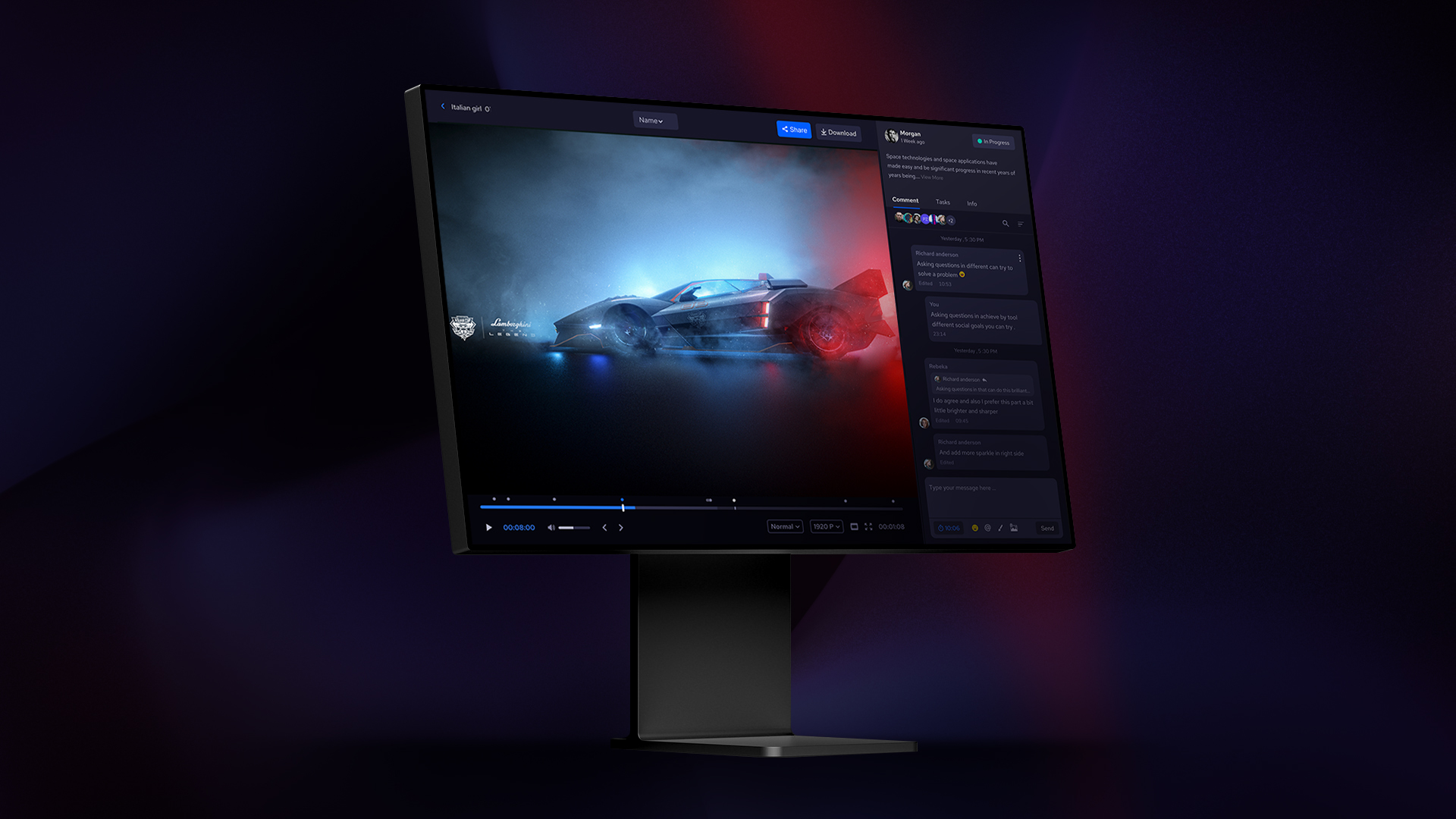It happens every time. Every time a film is being made, every time a director says cut, and every time the production work is going to be delivered to the post-production team. Do you wonder what that is? Well, it’s a bridge. A bridge that the film crew creates to connect production to post-production in every film project. And for years, the bridge between filming and editing had the same form for every film being made. But right now, it’s changing, and it’s changing efficiently. But before we talk about the present method, which is a glimpse of the future, let’s see what we were dealing with when we wanted to connect production to post-production in the past.
Film Reel
Starting with the film cameras, it’s obvious that the crew’s mission was to deliver produced film reels to the editors. Basically, many film reels were coming out of film cameras during the production stage. After the shooting was over, the crew transferred all of them to the editing room to bake in some visual effects and some music and then turn them all into one big film reel for the projection in cinemas. Hail, Caesar, a movie about a film studio In 1951 Hollywood, gives us a glimpse of how post-production worked at the time, and to be honest, it wasn’t easy to work with film reel.

Digital Files
Then, by transforming film to digital cameras, film reels got away, and digital files came on board. Apparently, we needed something to carry the files with from production to the post-production team. Hence, SD cards, hard drives, and DIT carts found their ways to the movie industry to connect the work of production to the post-production, and this was the next type of bridge built to connect these two sections. The film crew stored all the heavily produced files into giant hard drives. After the production was done, the transportation crew delivered all those hard drives to the post-production team across the country or even sometimes to another country.

Video Review and Cloud-Based Collaboration Platforms
And this game of hard drives was on until very recently that another possibility got introduced to the industry, the ability to bridge and connect production to post-production, powered by cloud technology. Online video collaboration platforms like Frame, Shift, and Postpace connect every aspect of production, post-production, and distribution, and bring them all under one roof for a more efficient and cohesive video production workflow. This will make stuff like transferring files, team communication, reviews and comments on video projects, delivery to the client, etc. much easier and eliminate confusion during the whole process of making films.

Powerful cloud servers like AWS back this online collaboration platform to transfer all the production files directly to the platform safely. The post-production team can start working on them immediately. So in this new method, there are no giant hard drives to carry the files around because the files get uploaded into the platform as soon as they’re produced, and the online post-production workflow is not sequential. What does that mean? It means the post-production team doesn’t have to wait for the whole production stage to finish to get the files and commence their work. And this is something that’s never happened before because now members from post-production and beyond, like producers, can watch the production process remotely while the set is still on and inform the production team of any problem. And this is what makes video review and collaboration much easier than before, something we expect from an online video workflow to offer.

Although the concept of the new video production workflow sounds really good, I know that it’s not that easy to change the workflow that’s been used for years over something that’s not familiar to us, so in the next blog, I’m going to tell you more about the details of the new online post-production workflow, especially the technical ones, to get closer to it and perhaps choose to try it, at the end of the day.



